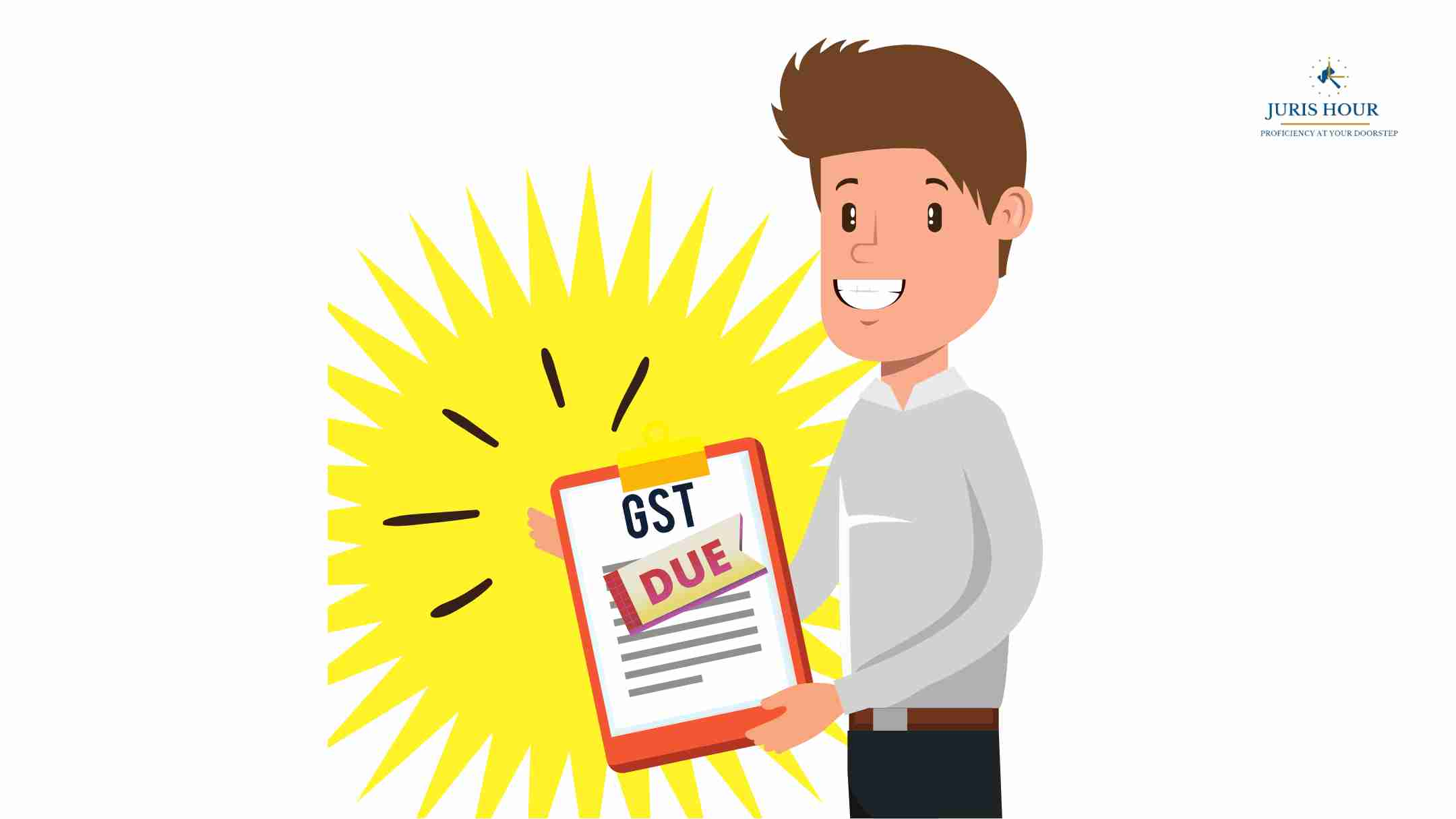What to Do When You Receive a GST Notice?

What to Do When You Receive a GST Notice?
Receiving a GST notice can be concerning, but it's essential to handle it promptly and systematically to avoid penalties or legal issues. Here's a step-by-step guide:
1. Verify the Authenticity of the Notice
Before taking any action, confirm that the notice is genuine:
- Check the Document Identification Number (DIN): Every legitimate GST notice issued by the tax authorities will have a DIN. You can verify the DIN on the CBIC portal.
- Review the Mode of Communication: Ensure the notice was sent through valid modes as per Section 169 of the CGST Act, such as hand delivery, registered post, email, or through the GST portal.
2. Understand the Type of Notice Received
Different notices pertain to various issues. Common types include:
- Show Cause Notice (SCN): Issued when discrepancies are found in your GST returns or filings.
- Demand Notice (DRC-01): Issued when there is a shortfall in tax payment or other dues.
- Refund Rejection Notice (RFD-08): Issued when a refund claim is rejected.
- Registration Cancellation Notice (REG-17): Issued when the tax authorities propose to cancel your GST registration.
- Assessment Notice (ASMT-02): Issued for additional information required for GST assessment.
- Audit Notice (ADT-01): Issued when your business is selected for a GST audit.
3. Access and Review the Notice
- Log in to the GST Portal: Visit https://www.gst.gov.in and log in using your credentials.
- Navigate to View Notices and Orders: Go to Dashboard > Services > User Services > View Notices and Orders.
- Download and Review the Notice: Identify the relevant notice from the list and click on the Download hyperlink to save it to your device.
4. Prepare a Response
- Analyze the Issues: Carefully read the notice to understand the specific issues raised by the tax authorities.
- Gather Supporting Documents: Collect all necessary documents, such as invoices, payment challans, and correspondence, to substantiate your reply.
- Draft a Clear and Concise Reply: Address each point raised in the notice systematically, providing explanations and supporting documents as required.
- Use the Appropriate Form: Depending on the type of notice, use the relevant form to submit your reply. For example, use Form GST RFD-09 for refund-related notices.
5. Submit the Response
- Online Submission: You can submit your response online through the GST portal. Navigate to the specific notice and click on the Reply button to submit your response.
- Offline Submission: In some cases, you may need to submit a physical copy of your response to the concerned tax office. Ensure you obtain an acknowledgment of receipt.
6. Follow Up
- Track the Status: After submission, monitor the status of your response through the GST portal.
- Attend Hearings (If Required): If the tax authorities schedule a hearing, ensure you attend and present your case with all necessary documents.
- Appeal (If Necessary): If you disagree with the decision, you have the right to file an appeal within the prescribed time limit.
Valid Modes of Sending GST Notices
As per Section 169 of the CGST Act, GST notices can be communicated through the following valid modes:
- Hand Delivery: Delivered directly to the taxpayer or their representative.
- Registered Post, Speed Post, or Courier: Sent with acknowledgment to the last known business address.
- Email Communication: Sent to the taxpayer's registered email address.
- GST Portal: Made available on the GST portal after logging in.
- Publication in a Local Newspaper: Published in a regional newspaper circulating in the locality of the taxpayer’s last known residential address.
- Affixing at the Place of Business or Residence: If none of the above methods are viable, the notice can be affixed in a prominent place at the taxpayer’s last known place of business or residence.
If a notice is received through any other method not listed above, the taxpayer is not required to take any action on it, as it would not be considered valid under the law.
Tips for Handling GST Notices
- Respond Promptly: Always reply within the stipulated time frame mentioned in the notice to avoid penalties.
- Maintain Records: Keep copies of all correspondence and documents submitted to the tax authorities.
- Seek Professional Help: If you're unsure about any aspect of the notice or the response process, consider consulting a GST professional or tax advisor.
Tags:
Next Story


